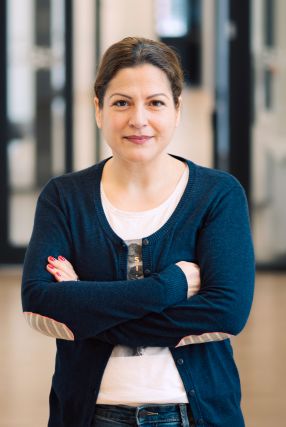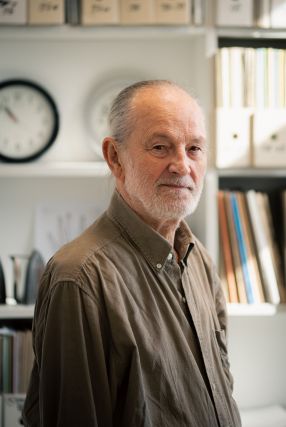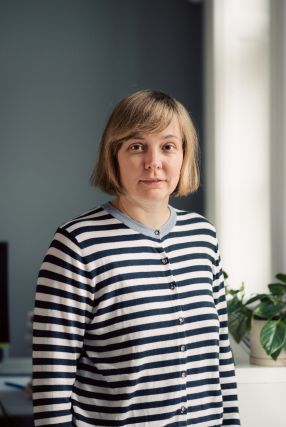‘exhibitions’
Art During the Cold War
Commissioned Memory: Hungarian Exhibitions in Auschwitz, 1960/1965 – exhibition, Budapest, Galeria Centralis, September 14 – December 3, 2023
Art During the Cold War
Commissioned Memory: Hungarian Exhibitions in Auschwitz, 1960/1965 – exhibition, Budapest, Galeria Centralis, September 14 – December 3, 2023
Anita Voleszák-Szabó
… as an art assistant at Csók István Gallery, where she was responsible for the administration of exhibitions and contributed to the organisation of temporary exhibitions. In 2021, she joined the KEMKI Archive and Documentation Center (ADK) team, where she is in charge of the overall administration and organisation.
György Galántai
… and spiritual spaces. He has taken part, organized and curated several one-man shows and group exhibitions, or events. He has made graphic works, paintings, moving and sound sculptures, performances, multimedia installations, communication projects, and is the founder of several alternative art institutions (e.g. the Chapel Studio in Balatonboglár between 1970 and 1973, Artpool since 1979, Newkapolcs Gallery 1991-1995, Artpool P60 1997-2018, Area 51 in Kapolcs from 2015). He received a …
Petra Csizek
… curator and programme organiser, participating in the creation and organisation of numerous exhibitions, professional programmes, public events, international projects and art prizes, as well as art studio and visitor programmes. She has previously worked at the Budapest Gallery (2020-2022), at the Ludwig Museum (2016-2017, 2019-2020), at the Art Brussels contemporary art fair (2013-2014), at the ACAX | Agency for Contemporary Art Exchange (2012-2013), and at the Trafó Gallery …




